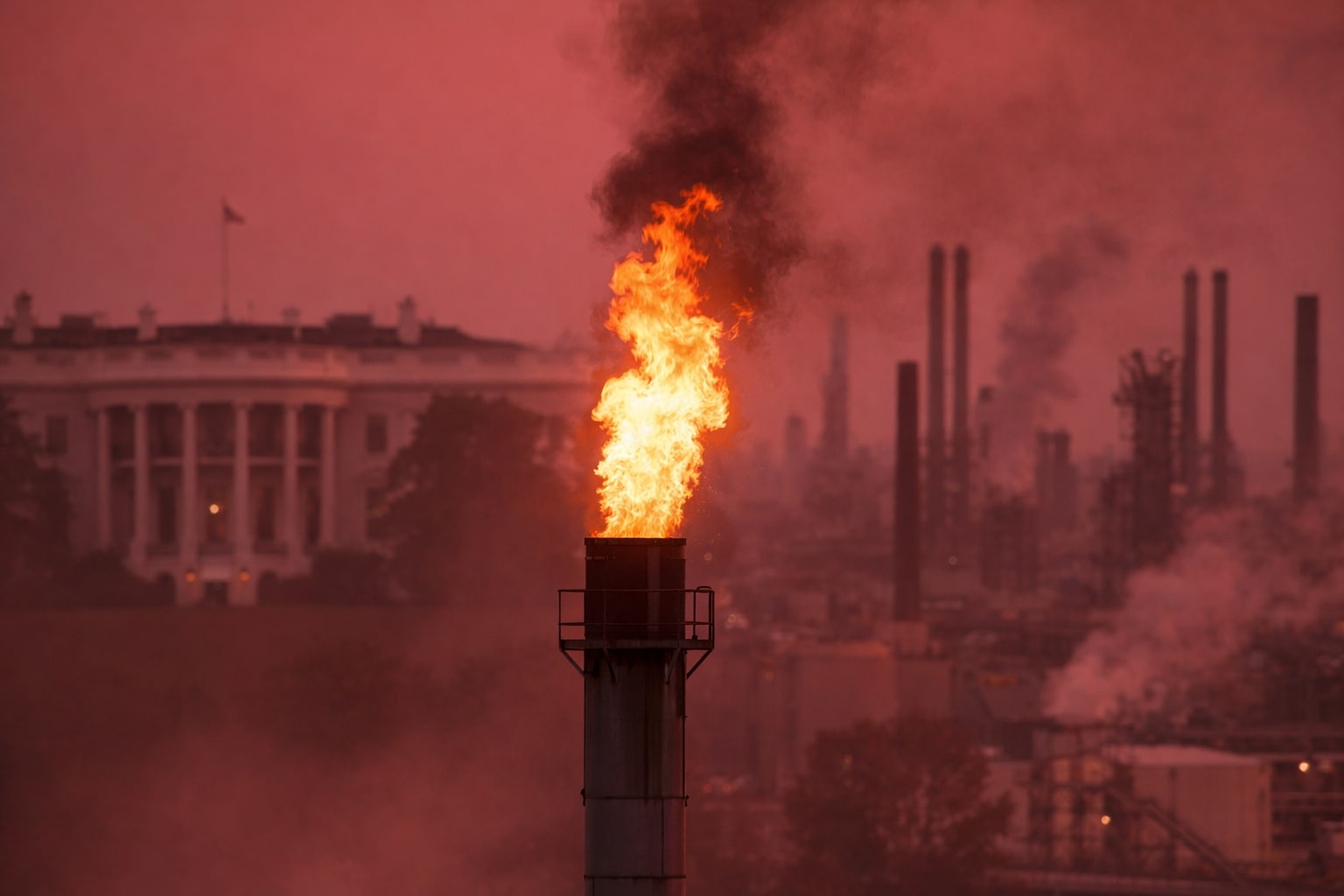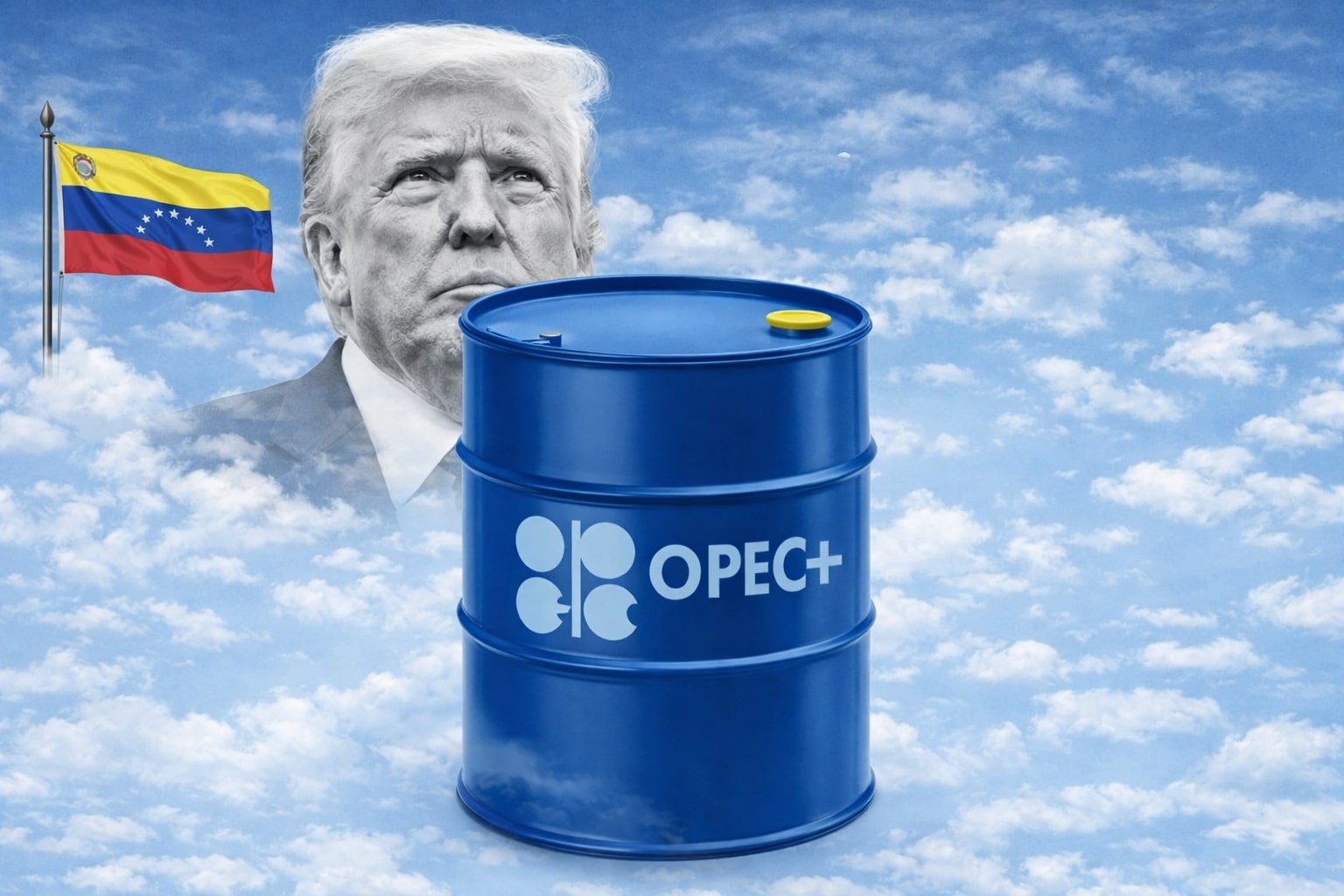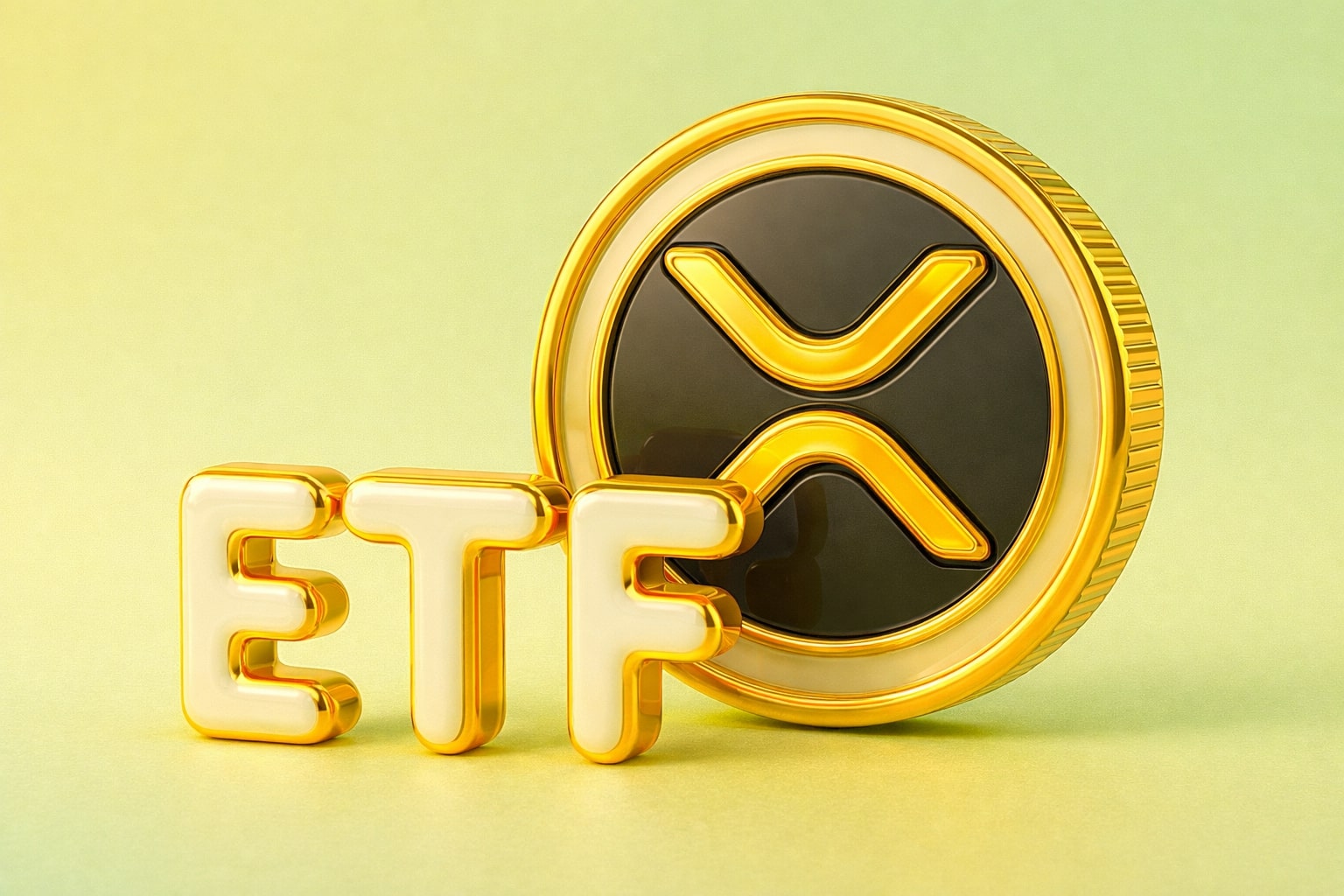
Natural Gas Price (NG=F) Rises to $3.85 as Tight U.S. Supply and Global LNG Boom Reshape Market Outlook
Henry Hub strengthens near $3.85, buoyed by surging LNG exports, AI-fueled electricity demand, and lower Turkish trading liquidity | That's TradingNEWS
Natural Gas (NG=F) Consolidates Near $3.85 as Global Supply Tightens and LNG Demand Accelerates
Natural gas prices are holding near $3.85 per MMBtu, marking a critical phase where global fundamentals are tightening and LNG export growth reshapes the market balance. The Henry Hub benchmark gained $0.41 over the past week, supported by colder U.S. weather projections and stronger export flows. This move reflects a broader structural shift, as North American gas increasingly links to global markets where prices remain two to three times higher.
Regional Market Shifts: Türkiye’s Liquidity Drop and European Price Pressures
In Türkiye, the Energy Exchange Istanbul (EXIST) reported a sharp 55% decline in spot market trading, with volumes falling from ₺18.43 million to ₺8.28 million ($197,000). The average spot price stood at ₺14,725 per 1,000 cubic meters, equivalent to roughly $350, highlighting currency-driven volatility. Pipeline inflows reached 155.34 million cubic meters, but demand eased as winter procurement slowed. Across Europe, the EU’s household gas price averaged €11.43 per 100 kWh ($12.25) in the first half of 2025 — down 8.1% from late 2024 — though Portugal’s €15.34 ($16.44) remains the highest. Taxes now make up 31.1% of EU retail gas bills, reflecting a withdrawal of earlier subsidy support.
U.S. Structural Tightness and LNG Expansion Driving Long-Term Strength
The U.S. market is entering what analysts call a structurally tight phase, led by surging LNG exports and stagnating supply growth. The country currently ships nearly 10 Bcf/d of LNG and could reach 14–15 Bcf/d by late 2026 once Golden Pass and Corpus Christi Stage 3 expansions come online. This adds 4 Bcf/d of incremental demand this year alone — the largest annual gain since U.S. LNG exports began in 2016. Meanwhile, with WTI crude near $60.98, associated gas output has flattened, curbing new supply. Combined with restrained drilling, these forces set up Henry Hub prices for a potential climb toward $5.00–$6.00 per MMBtu within the next 18 months.
AI and Industrial Growth Add a New Dimension to Natural Gas Demand
Artificial intelligence infrastructure and data centers are emerging as the next major natural gas consumers. According to EQT Corporation (NYSE:EQT), each 1 GW of data center capacity requires roughly 0.15 Bcf/d in gas-fired electricity. With 55 GW of proposed capacity across Appalachia, the additional draw could reach 8.3 Bcf/d, equal to about 10% of total U.S. dry gas output. This base-load demand from technology growth complements LNG exports and reinforces the likelihood of a durable floor near $4.00 per MMBtu once inventories adjust.
Inventory Levels and Global Balances Indicate Hidden Tightness
While headline inventories appear stable, demand-adjusted storage ratios show depletion risk. U.S. stockpiles, measured against daily consumption, hover near decade lows, amplifying price reactions to weather and exports. In Europe, storage remains 96% full, but Asian importers are bidding aggressively for U.S. cargoes. Forward spreads reflect the imbalance: January 2026 Henry Hub futures trade near $4.25, while Dutch TTF gas sits at $11.90, leaving an arbitrage gap of $7.65 after liquefaction and shipping costs.
Producers’ Financial Strength and Sector Performance
Major U.S. producers are positioned to benefit from this tightening setup. EQT (NYSE:EQT) projects $27 billion in free cash flow between 2025–2029 at $5 Henry Hub, equal to 84% of its market cap. Antero Resources (NYSE:AR) yields over 23% annually under similar price conditions, while Range Resources (NYSE:RRC) and Antero Midstream (NYSE:AM) provide balanced exposure through fixed-fee midstream contracts. Royalty-based operators like Viper Energy (NASDAQ:VNOM) and Diamondback Energy (NASDAQ:FANG) maintain 3.5%–9% yields, combining upstream leverage with strong cash generation.
Canadian and European Exposure Remains a Strategic Hedge
Canadian names like Tourmaline (TSX:TOU) and ARC Resources (TSX:ARX) continue to benefit from LNG Canada’s ramp-up, giving access to premium Asian pricing. Their yields between 3% and 6%, along with low breakeven costs, provide a defensive option in volatile markets. Meanwhile, European gas price normalization hides fragility — reduced subsidies and rising tax shares have increased structural consumer costs despite nominal declines.
Read More
-
DGRO ETF Price: Is DGRO at $69.17 Still the Better Dividend-Growth Bet?
17.12.2025 · TradingNEWS ArchiveStocks
-
XRP Price Stuck Below $2 As XRPI at $10.74 and XRPR at $15.26 Ride $1B+ ETF Inflows
17.12.2025 · TradingNEWS ArchiveCrypto
-
Natural Gas Price Forecast - NG=F Steady Near $4 as TTF Jumps on Colder Forecasts and LNG Outage Risk
17.12.2025 · TradingNEWS ArchiveCommodities
-
USD/JPY Price Forecast: USDJPY=X 155.50 Pivot Before BoJ Hike and US CPI
17.12.2025 · TradingNEWS ArchiveForex
Technical Outlook for Natural Gas (NG=F)
At $3.85, Natural Gas (NG=F) trades in a narrow $3.40–$4.25 channel with a mild bullish bias. The 20-day EMA at $3.76 has crossed above the 50-day, signaling renewed accumulation. Key resistance sits at $4.25–$4.32, then $4.80, while support lies near $3.42–$3.48 and the critical base at $3.05–$3.10. Futures open interest rose 6% week-over-week, with managed money long positions up 9%, marking the strongest bullish positioning surge since March.
Investment Outlook: Positioning for the Tight Gas Cycle
Regional divergence, production restraint, and structural demand from LNG and AI position Natural Gas (NG=F) for a renewed bullish phase into 2026. Türkiye’s liquidity decline and Europe’s tax-weighted price structure underscore the supply tension spreading across regions. With Henry Hub near $3.85, the risk/reward profile remains favorable. The long-term trajectory points toward $5.00–$6.00 per MMBtu, with potential spikes to $7.00 during winter or export-driven squeezes. Based on current fundamentals, natural gas holds a BUY rating — backed by tightening balances, rising industrial demand, and global price convergence.



















